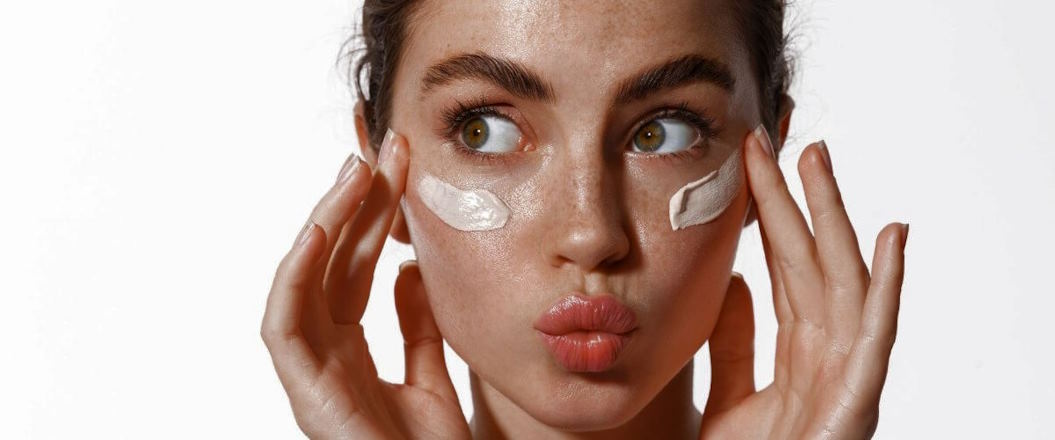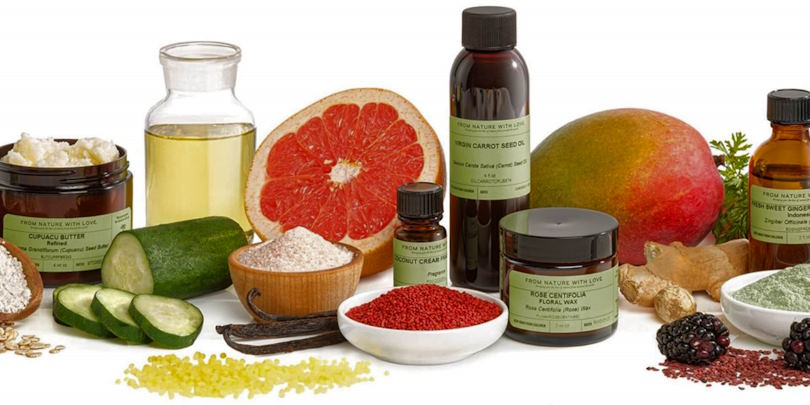
Cosmetic Ingredients and Formulations: Tailoring for Men and Women
Cosmetic products are designed with various ingredients and formulations to cater to the diverse needs and preferences of men and women. While there are some common ingredients, there are notable differences in skin care needs, textures, and fragrances, as well as packaging. In this article, we will explore the primary purposes of cosmetics for men and women, highlighting how they serve different needs and how marketing strategies vary for each gender.
Ingredients and Formulations
| Aspects | Men’s Skincare | Women’s Skincare |
| Skincare Needs | Thicker, oilier skin, addressing acne, larger pores, and facial hair care. | Focus on hydration, anti-aging, and specific concerns like hormonal changes or pigmentation issues. |
| Key Ingredients | Salicylic acid, glycolic acid. | Hyaluronic acid, retinol, antioxidants. |
| Fragrances | Woody, earthy, or citrusy scents, subtle and aligned with traditional masculinity. | A broader range, including floral, fruity, and sweet scents, often more pronounced. |
| Textures | Lightweight, easily absorbable textures to avoid greasiness. | A wide range of textures, including rich creams, gel-based products, and serums for personalized choices. |
| Packaging | Minimalistic, often in dark or neutral colors, emphasizing simplicity and practicality. | More intricate, diverse designs, and additional features like airless pumps or creative bottles. |
The Role of Marketing
Marketing plays a pivotal role in promoting these cosmetic products. Advertising often reflects the specific gender-targeted ingredients, textures, fragrances, and packaging. The visual and emotional appeals in advertising campaigns cater to traditional gender norms and societal perceptions, encouraging consumers to choose products aligned with their gender identity and preferences.
Cosmetic products for men and women are formulated carefully, considering their unique skincare needs, preferences, and societal expectations. While there may be some overlap in ingredients and formulations, differences in texture, fragrance, and packaging are designed to cater to gender-specific expectations. As consumer awareness and preferences evolve, the cosmetics industry continues to adapt and expand with increasingly inclusive products, recognizing that gender is just one aspect of personal identity and self-expression.

